Thomas Nuytten
Advisor: Neil Minuk
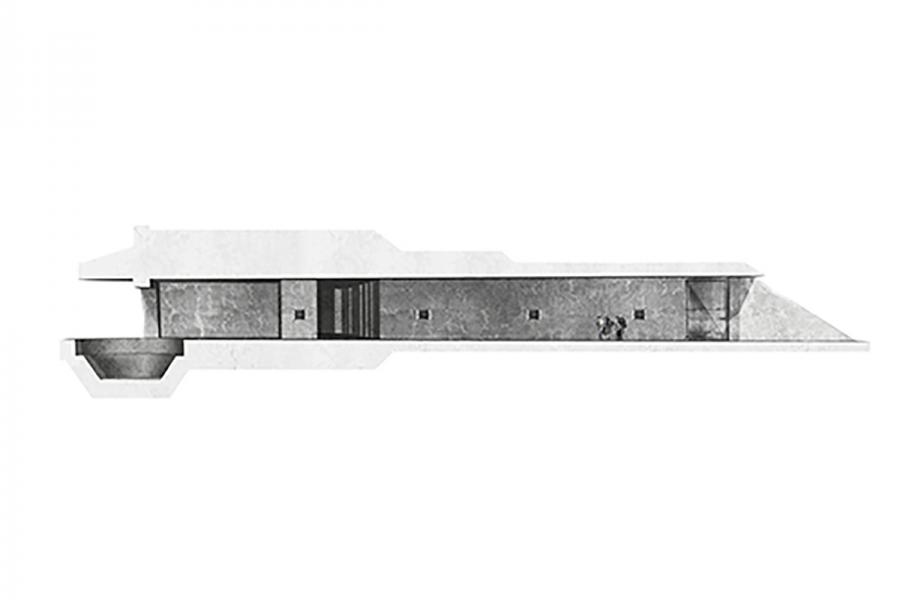
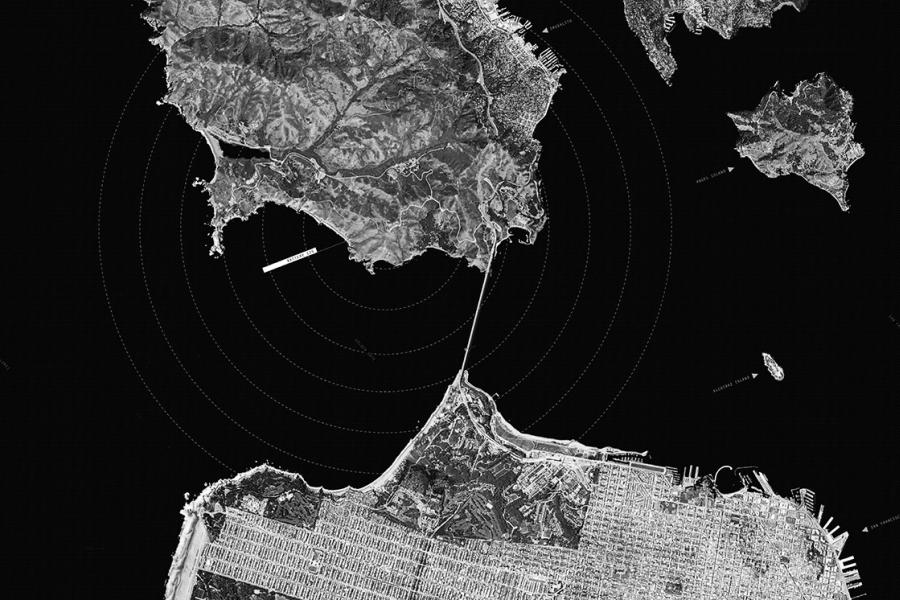
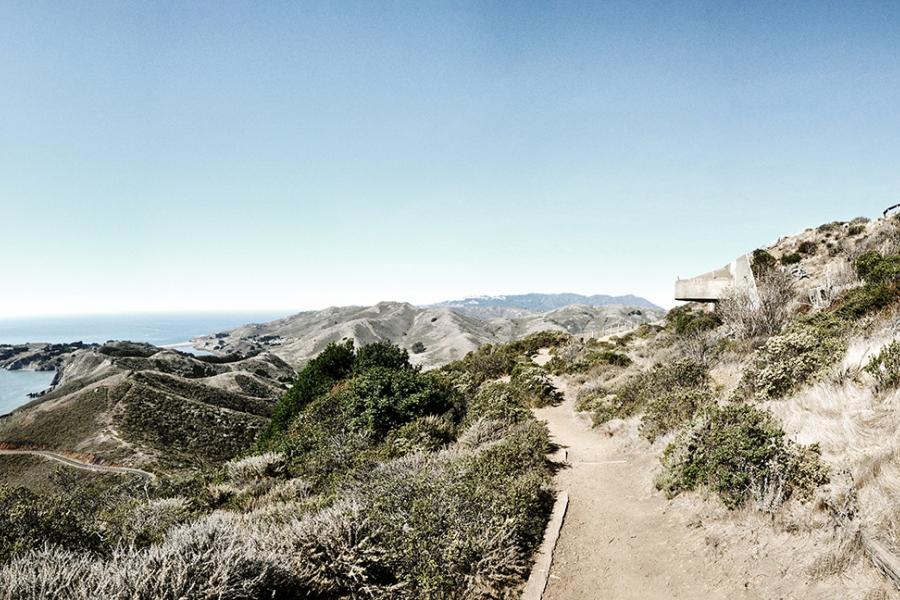
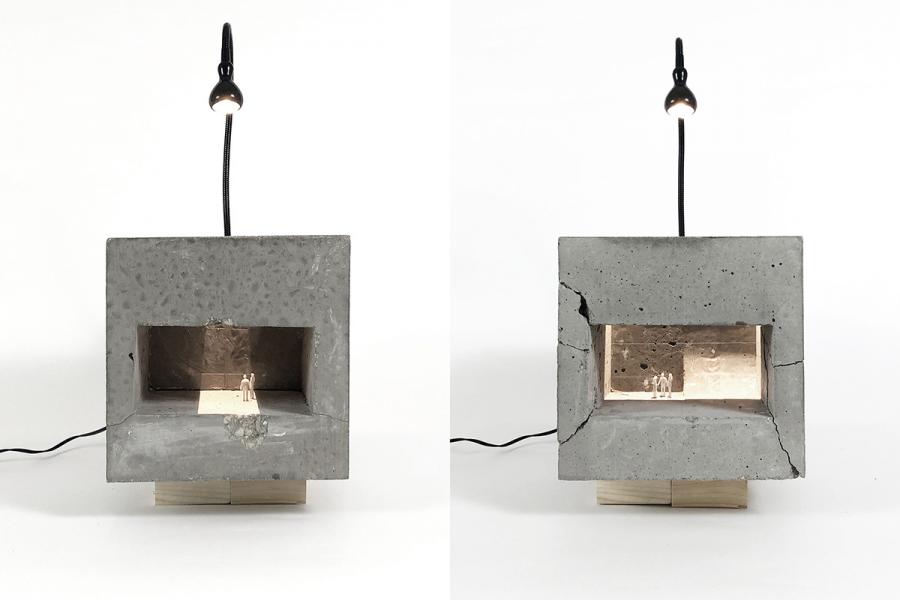
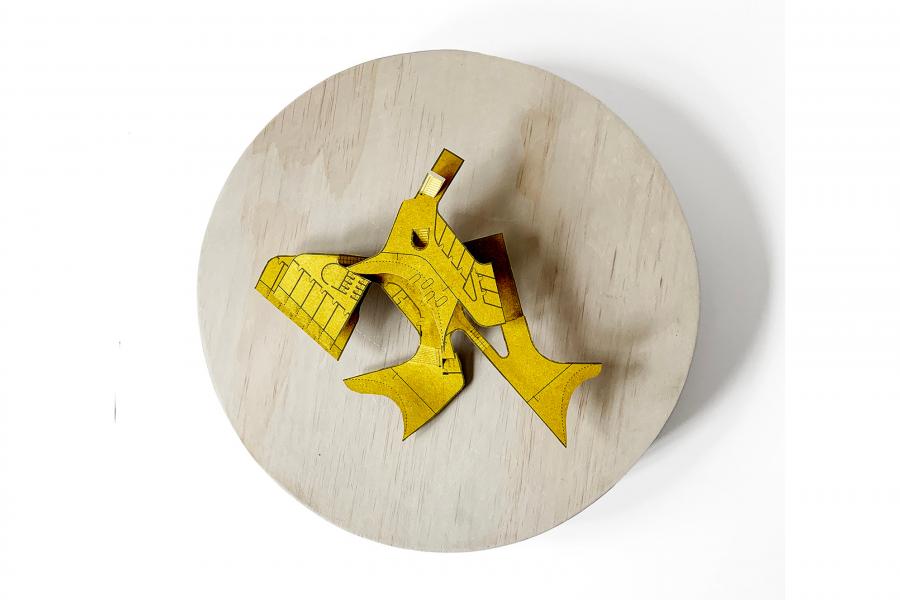

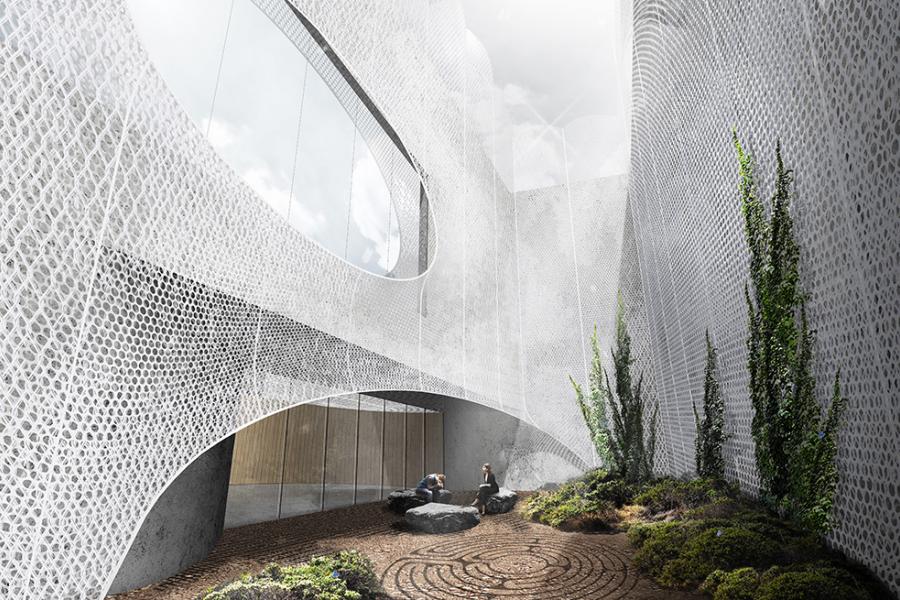
Black Site Blind
Architecture is perceived as a complex assemblage of tangible and intangible qualities. With the primary pursuit of the architect being to curate space and experience, the intangible qualities — sound, smell, atmosphere— challenge the architect’s authority, presenting a set of variables that exist out of the grasp of control. This thesis probes the space between the tangible and intangible; the space where perception diverges from that which is concretely seen, and where the intangible and variable are embraced, as opposed to shut out or reigned in. In a time where architecture is so often reduced to a single, signature image, this thesis proposes to explore the value of a modest and layered architecture, one that embraces the ambiguous and fleeting qualities of space that make it unique and memorable to the inhabitant.
The concept of camouflage, as it relates to design, is historically rooted in the world of military strategy, where crypsis and mimicry are used to blend personnel and equipment in with their surrounding context. Camouflage is often rendered as harmonious, as seamless with the natural environment; however, the bold, contrasting geometric striations of Dazzle camouflage — which are seemingly the antithesis of camouflage — portrays a deceptive alternate reality. In this sense, camouflage is designed to create a disconnection between perception and reality, to offer an altered understanding. A camouflaged building has the ability to take on multiple lives, making itself legible to each user in a different way, revealing additional layers depending on perspective, position, and motivation.
Burrowed beneath Hawk Hill in the Marin Headlands lies Battery 129, an abandoned long-range artillery bunker apart of San Francisco’s Coastal Defense
System. Constructed during World War II, Battery 129 was obsolete before its completion and now remains a tourist destination offering visitors unobstructed views of the Golden Gate Bridge and San Francisco beyond. This existing infrastructure — the epitome of camouflage, both in reality and in its initial conception — will act as the framework and site for a building that necessitates such a guise.
The program of an outpatient treatment facility for individuals dealing with a variety of substance-based addictions aims to utilize the existing camouflaged bunker as a space of refuge, rehabilitation, and healing, while in tandem, providing a platform to investigate the project’s stated architectural curiosities. The facility, which is designed to accommodate patients for up to a 6-month stay (the established threshold at which treatment in outpatient settings starts to become effective), aims to incorporate proven and conventional treatment methods - such as the 12 step program - with more contemporary and experimental treatments that match the complexity and nuance that research has come to understand addiction disorders to possess. Based in the staggering statistic that 60% - 80% of patients with an addiction have another mental health disorder, and 40% - 60% of those with a mental illness also have a substance abuse disorder1, the facility will be rooted in a psychiatric approach to treatment.
1Sciacca, K. 2009. “Best practices for dual diagnosis treatment and program development: Co-occurring mental illness and substance disorders in various combinations.”. In The Praeger international collection on addictions: Volume 3: Characteristics and treatment perspectives Edited by: Browne-Miller, A. 161–188. Westport, CT: Praeger.
